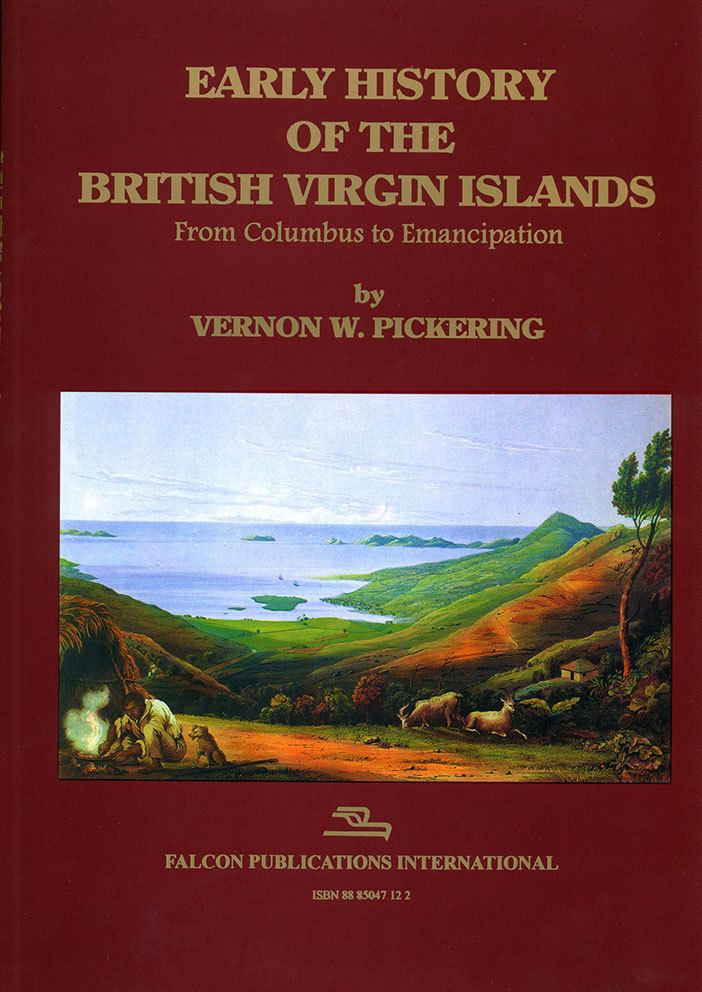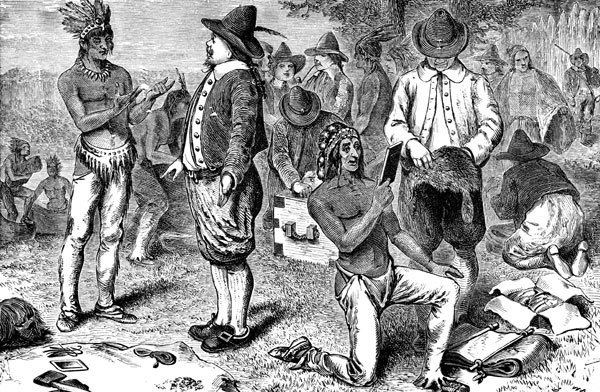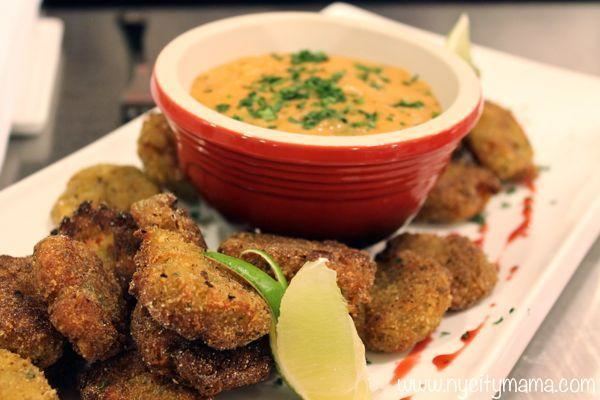Population 134,714 (2010) GDP per capita 14,500.00 USD (2004) | ||
Islands Tortola, Saint John, Virgin Gorda, Anegada, Jost Van Dyke Points of interest Blackbeards Castle, Coral World Ocean Park, Hassel Island - US Virgin Islands, Fort Christian, St Thomas Synagogue | ||
The Virgin Islands are the western island group of the Leeward Islands, which are the northern part of the Lesser Antilles, and form the border between the Caribbean Sea and the Atlantic Ocean. Politically, the eastern islands form the British Virgin Islands and the western ones form the Virgin Islands of the United States. The British Virgin Islands is an overseas territory of the United Kingdom comprising approximately 60 islands and cays including Tortola, Virgin Gorda, Jost Van Dyke, and Anegada.
Contents
- Map of Virgin Islands
- History
- Virgin Islands cuisine
- Highlights agriculture food fair of the virgin islands 2014 part1
- Virgin islands food and nightlife featured at paradise jam on cbs sports network
- References
Map of Virgin Islands
The U.S. Virgin Islands is one of five inhabited insular areas of the United States, along with American Samoa, Guam, Northern Mariana Islands, and Puerto Rico. The territory comprises a number of islands including St. Croix, St. John, St. Thomas and Water Island.
The Virgin Passage separates the American Virgin Islands from the so-called Spanish Virgin Islands of Vieques and Culebra, which are part of Puerto Rico. The United States dollar is the official currency on both the British and American Virgin Islands as well as the Spanish/Puerto Rican Virgin Islands.
History

The Virgin Islands were originally inhabited by the Arawak, Carib, and Cermic, all of whom are thought to have perished during the colonial period due to enslavement, foreign disease, and mass extermination brought by European colonists.

European colonists later settled here and established sugar plantations, at least one tobacco plantation, and purchased slaves acquired from Africa. The plantations are gone, but the descendants of the slaves remain the bulk of the population, sharing a common African-Caribbean heritage with the rest of the English-speaking Caribbean.
In 1916 and 1917, Denmark and the U.S., respectively, ratified a treaty in which Denmark sold the Danish West Indies to the United States of America for $25 million in gold.
In the 1990s a Puerto Rican tourism campaign renamed the Passage Islands as the Spanish Virgin Islands, though they are seldom identified as such on maps and atlases. They are part of the Commonwealth of Puerto Rico, located east of the main island of Puerto Rico. They are closer to St. Thomas than St. Thomas is to St. Croix.
Virgin Islands cuisine

Traditional food tends to be spicy and hearty. Many of the foods are imported due to an acquired taste for foreign foods. Local farmers grow fruits and vegetables along with the rearing of animals. Their goods are sold in local open-air markets, while supermarkets tend to carry only imported foods. Upscale restaurants often cater to tourists, serving a combination of North American dishes with tropical twists as well as local cuisine. An example of this is the addition of mango and Caribbean spices to salmon, a non-tropical fish.
